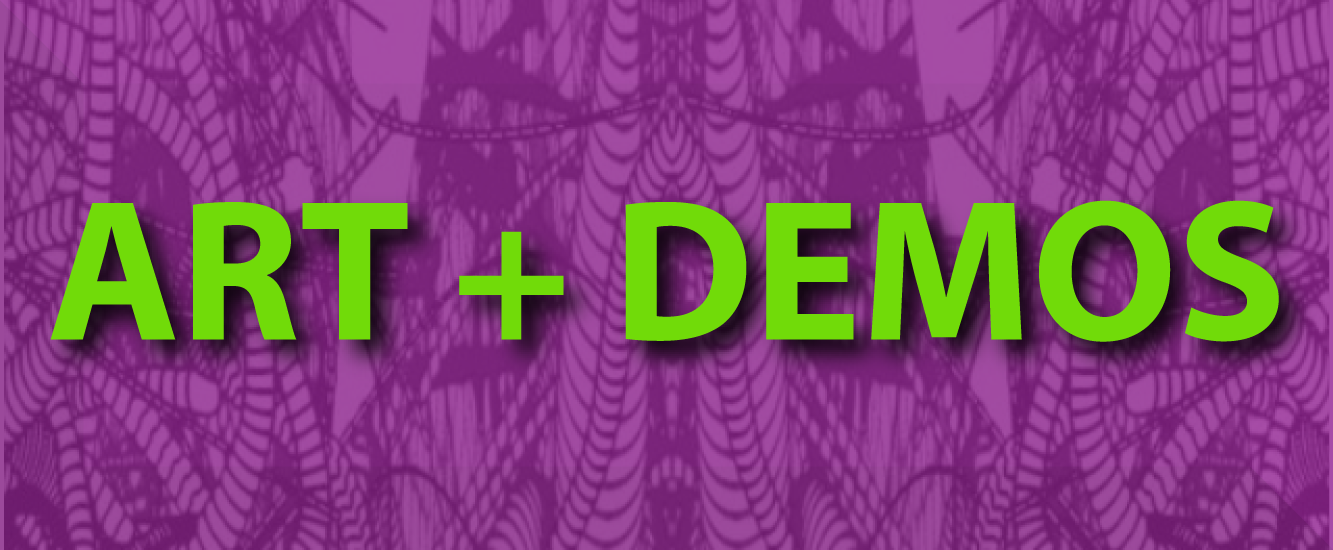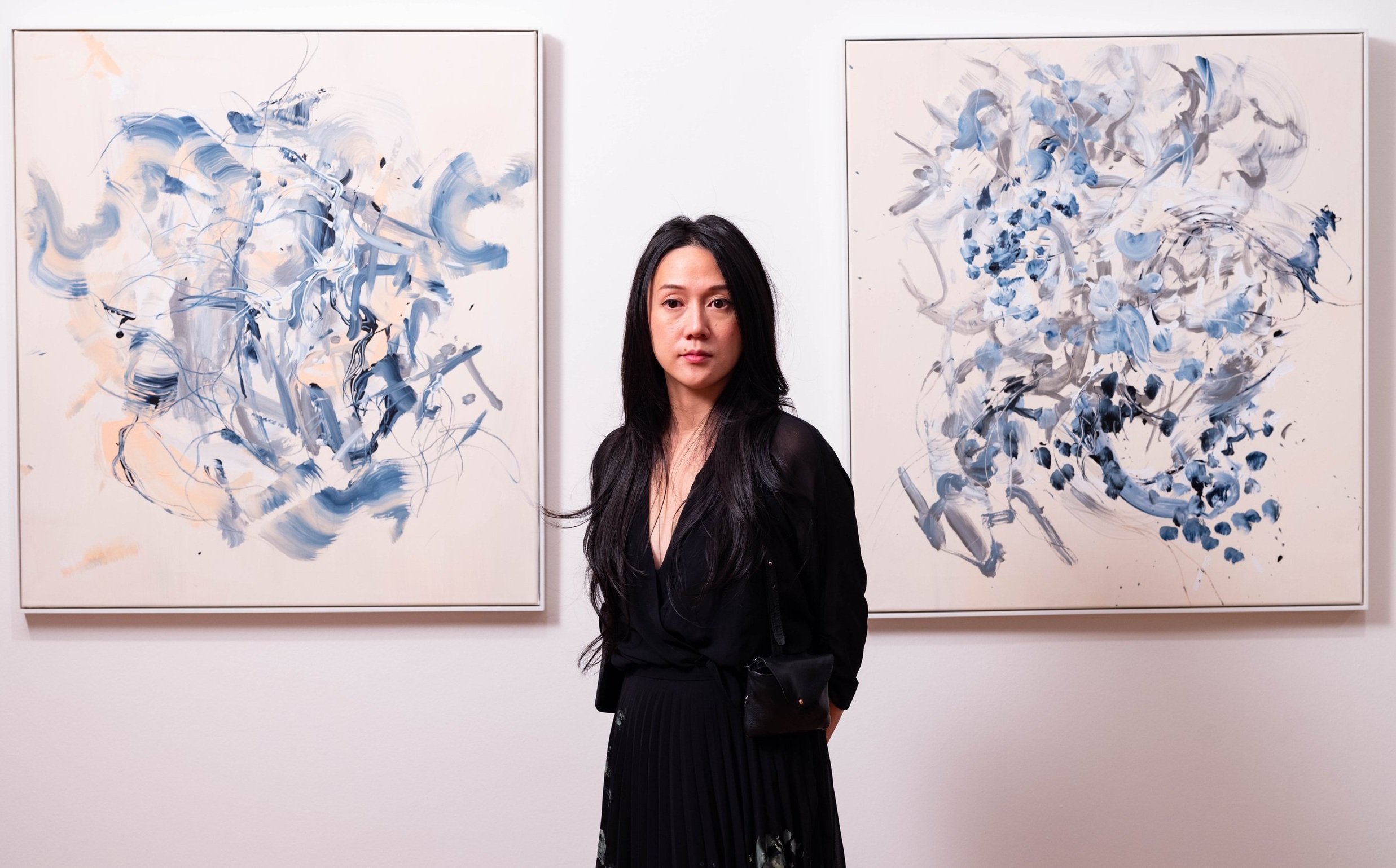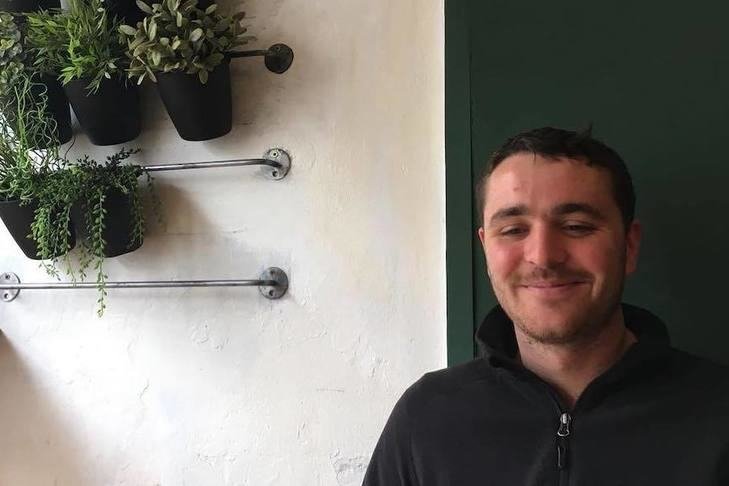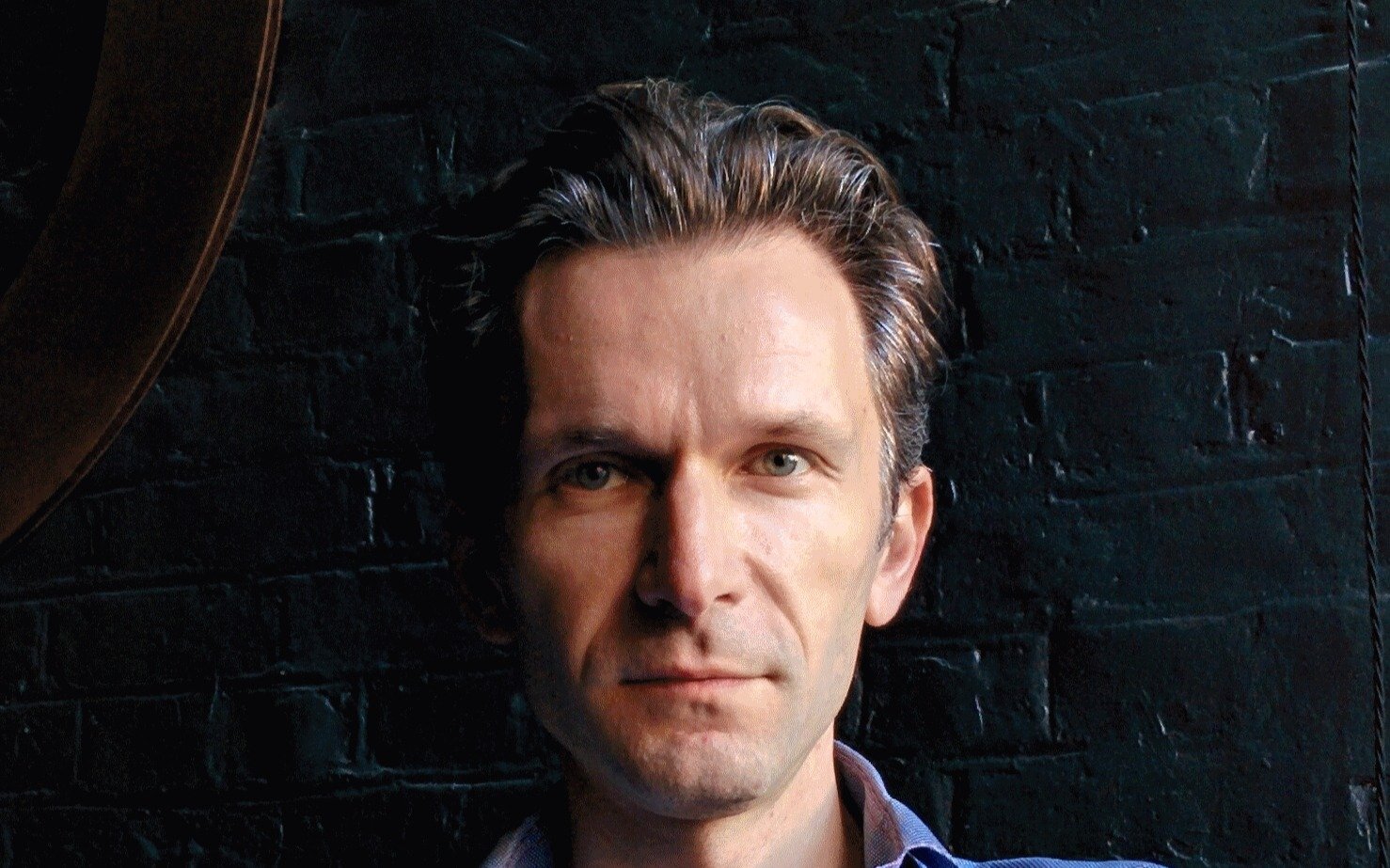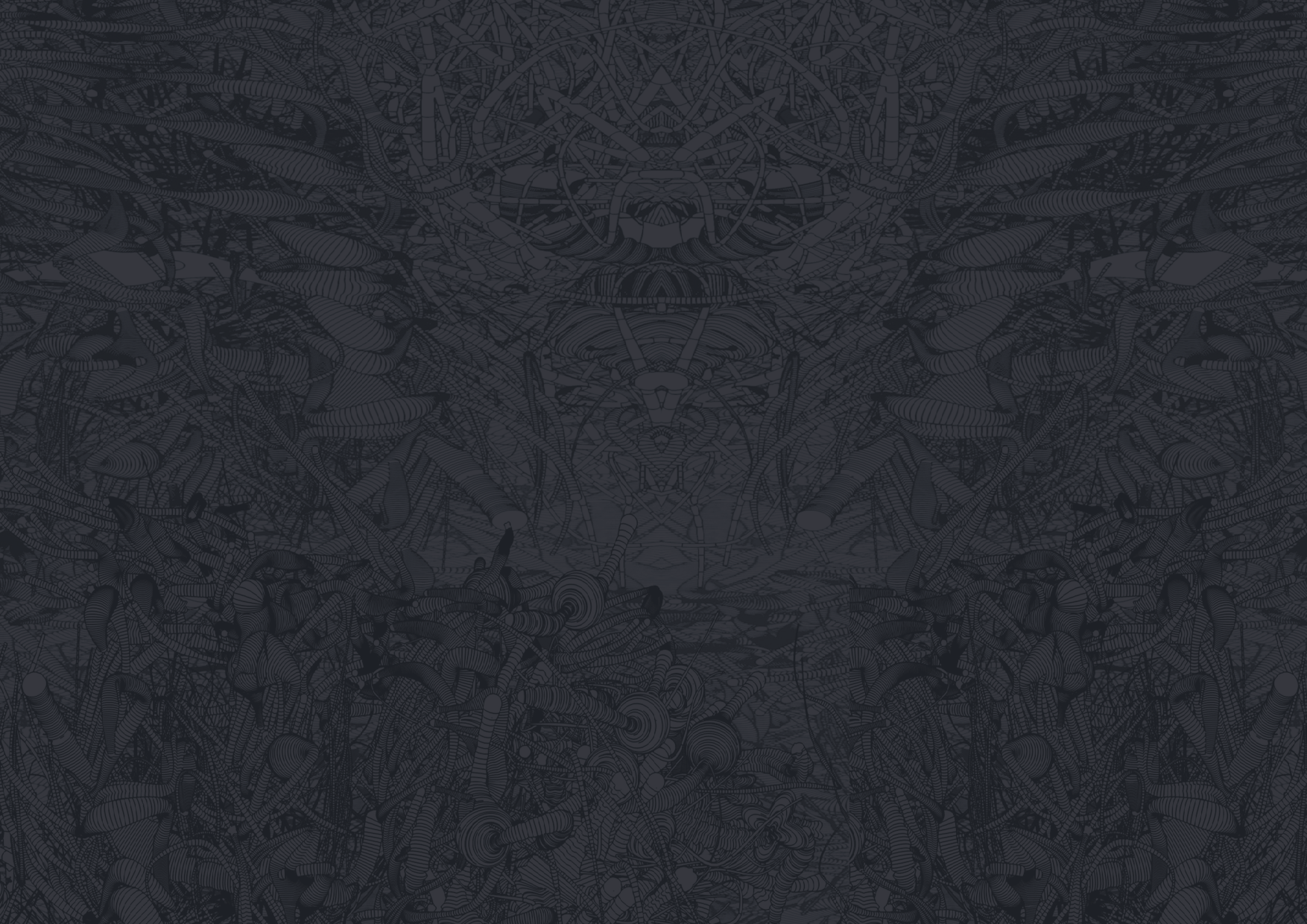
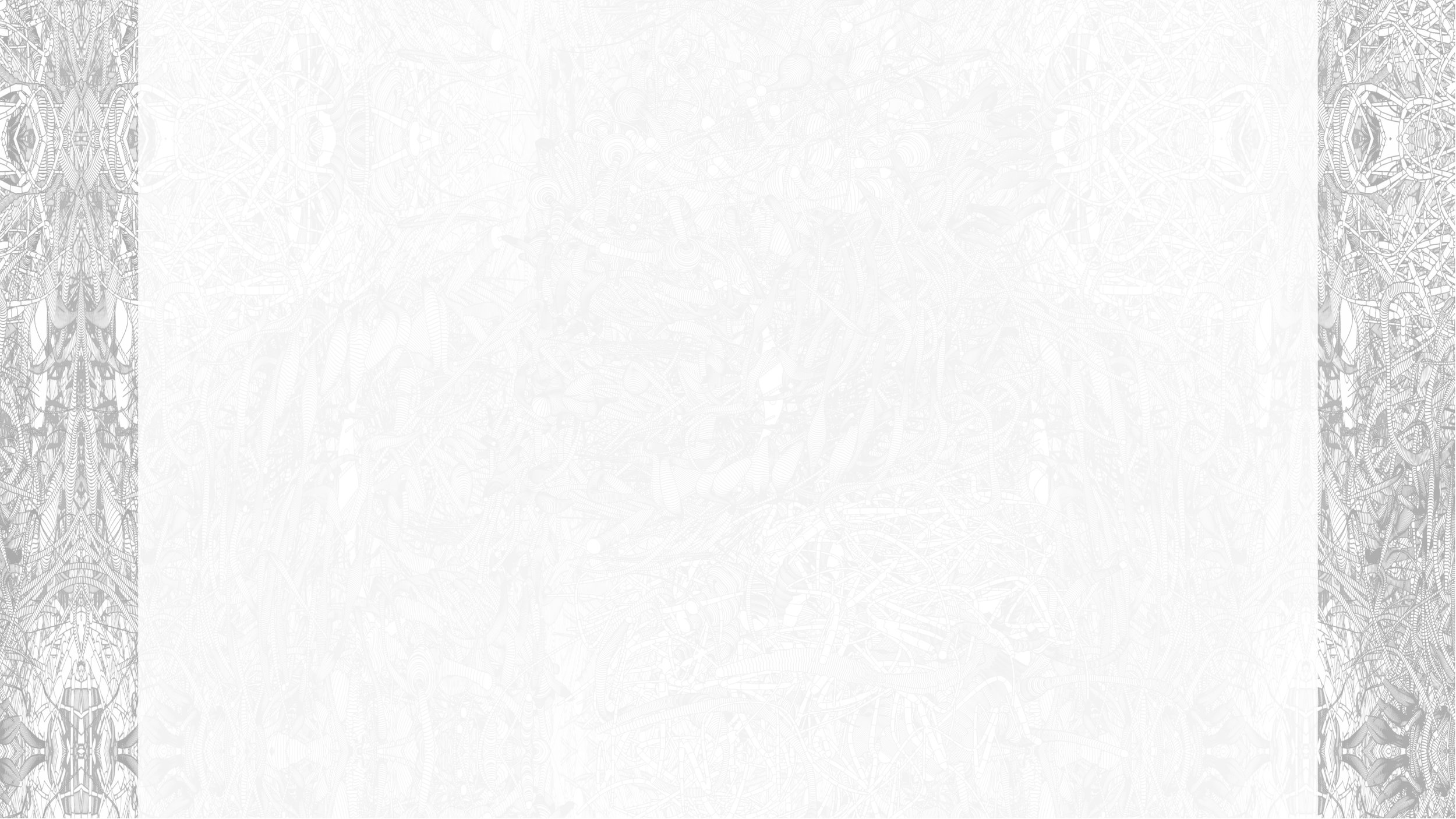
-
Anna Ridler is a British artist and researcher who lives and works in London. She has degrees from the Royal College of Art, Oxford University, University of Arts London and has a fellowship at the Creative Computing Institute at UAL. She has shown at a variety of cultural institutions and galleries including the Tate Modern and the V&A. She was listed by Artnet as one of nine “pioneering artists” exploring AI’s creative potential and received an honorary mention in the 2019 Ars Electronica Golden Nica award for the category AI & Life Art. She is interested in working with collections of information or data, particularly self-generated data sets, to create new and unusual narratives in a variety of mediums.
-
Sougwen 愫君 Chung is Chinese-Canadian artist and researcher whose practice centres on the evolution of the human hand through technology, and experiments in human & non-human collaboration. Chung is a former research fellow at MIT’s Media Lab and is considered a pioneer in the field of art and technology – exploring the mark-made-by-hand and the mark-made-by-machine as an approach to understanding the dynamics of humans and systems. Sougwen is the founder of SCILICET, an experimental studio exploring sensory mixes of the future through AI systems, robotics, virtual reality and biofeedback.
Chung’s groundbreaking work MEMORY (Drawing Operations Unit: Generation 2) is the first AI model to be collected by a major institution, in the permanent collection of the Victoria & Albert museum. Chung’s interdisciplinary works have exhibited internationally at the Espoo Museum of Modern Art, Espoo; Vancouver Art Gallery, Vancouver; Art Basel, Miami; National Art Center, Tokyo; NTT InterCommunication Center [ICC], Tokyo, Japan; ArtScience Museum, Singapore; MIT Media Lab, Cambridge; The Drawing Center, New York; The New Museum, New York; Museum of Contemporary Art, Geneva; Mana Contemporary, New York, Tribeca Film Festival, New York; The Hospital Club, London; Mutek Festival, Montreal & Mexico City; Sonar Festival, Barcelona.
Chung’s pioneering vision has been featured in numerous publications including Art F City, Artnet, Artplugged, Artsy, Business Insider, Dazed and Confused, Engadget, EXIT Magazine, Fast Company, Forbes, Irish Times, MASHABLE, Noema Magazine, Seattle Times, Superrare, The Creators Project, The Jakarta Post, The New Yorker, USA Today, Washington Post, and Wired.
A former TED Speaker, Chung has spoken at international conferences including SIGGRAPH Conference, Vancouver; Global Art Forum, Singapore; World Science Festival, New York; Cannes Lions, Cannes; WSJ's Future of Everything Conference, New York; Tribeca Film Festival Interactive, New York; House of Beautiful Business, Lisbon; OFFF, Barcelona; FITC, Tokyo; Internet Dargana, Stockholm; SXSW, Austin; The Art Directors Club, New York.
Chung has been selected for excellence in the Arts & Sciences as Woman of the Year in Monaco, received the Lumen Prize for Art in Technology, was an inaugural E.A.T. Artist in Residence in partnership with New Museum and Bell Labs, was awarded a commission for project Omnia per Omnia, was the Japan Media Arts recipient of the Excellence Award for Drawing Operations, and was selected as one of the Top 20 New Visual Artists by Print Magazine.
-
Maxim Zhestkov is an artist who examines the connections of physical and digital realities. Divided by a permeable membrane, these two worlds exist in a constant exchange and redefine one another. Zhestkov acts on their intersection: manifesting the continuity of exploration, he imagines new worlds and expands the understanding of the phenomena present in our universe. Merging architecture, sculpture, colour, movement and sound, the artist combines various channels of perception to develop a distinct universal language to depict complicated concepts and ideas in a succinct yet not ‘scaled down’ manner. Experience and observation as well as a diverse and digitally sophisticated toolkit give an endless supply to this artistic research. Combining basic geometrical shapes — dots, spheres, and planes — Zhestkov creates intricate and hypnotic visual stories centralized on objects in their volume, detail, and beauty of movement. The message of his art exploration is to find ways out of the implicit limits of comprehension: capturing the unexpected, Maxim aspires to open doors to the unknown and spotlight the unseen.

-
Ira Greenberg has been a painter, 2D/3D animator, print designer, web/interactive designer/developer, programmer, art director, creative director, managing director, art and computer science professor and author. He wrote the first major language reference on the Processing programming language, Processing: Creative Coding and Computational Art, (Berkeley, CA: friends of ED, 2007) and two subsequent creative coding texts. He has steadily exhibited his work, consulted within industry, and lectured widely throughout his career. He was affiliated with the Bowery Gallery in NYC, Flywheel Gallery in Piermont, NY,, and is currently a member of Strata Gallery in Santa Fe, NM. He directs the Center of Creative Computation and is Professor at SMU. Ira received his M.F.A. from University of Pennsylvania and B.F.A. from Cornell University. He splits his time between Dallas, TX and Santa Fe, NM
-
Andy Lomas is a computational artist, mathematician and Emmy award winning supervisor of computer generated effects. Inspired by the work of Alan Turing, D'Arcy Thompson and Ernst Haeckel, his art work explores how complex forms can be created emergently by simulating biological processes. He is currently based in London, developing his art practice as well as working as a Lecturer in Creative Computing at Goldsmiths. He has had work exhibited in numerous exhibitions, including at the Pompidou Centre, V&A, the Royal Society, SIGGRAPH, Japan Media Arts Festival, Ars Electronica Festival, Los Angeles Municipal Art Gallery, Centro Andaluz de Arte Contemporaneo, Watermans, the Science Museum and the ZKM. He also has work in the collections at the V&A, the Computer Arts Society and the D'Arcy Thompson Art Fund Collection. In 2014 his work Cellular Forms won The Lumen Prize Gold Award.
-
Terence Broad is an artist and researcher working in London. He is a Senior Lecturer at the UAL Creative Computing Institute and is currently completing a PhD at Goldsmiths. In his research, he is developing methods and tools for the manipulation of deep generative models. He is interested in the use of generative machine learning models and algorithms as artistic materials, experimenting with them in unconventional ways and exploring the latent possibilities of these black-box systems. His art and research have been presented internationally: at conferences and journals such as SIGGRAPH, Leonardo, NeurIPS, EvoMUSART, and ICCC and museums such as The Whitney Museum of American Art, Garage Museum of Contemporary Art, Ars Electronica, The Barbican and The Whitechapel Gallery. In 2019 He won the Grand Prize in the ICCV Computer Vision Art Gallery and has regularly served on the Jury for SIGGRAPH. His work is in the city of Geneva’s contemporary art collection.

-
Entangled Others is the shared studio practice of artists Feileacan McCormick and Sofia Crespo. Their work focuses on ecology, nature, and generative arts, with an emphasis on giving the more-than-human new forms a presence and life in digital space. This involves exploring questions of relationship, biodiversity, and awareness through biology-inspired technologies. In turn, they highlight how through conscious efforts, new technology can be used to bring attention and awareness to the unseen that we are tightly interwoven with. Entanglement is a complex state one where no single entity can be said to be separate, or somehow unaffected, by any other present entangled, we cannot consider ourselves without others, act without interacting, speak without being heard.
Sofia Crespo is an artist working with biology-inspired technologies. One of her main focuses is the way organic life uses artificial mechanisms to simulate itself and evolve, implying the idea that technologies are a biased product of the organic life that created them and not completely separated objects. Crespo looks at the similarities between techniques of AI image formation, and the way that humans express themselves creatively and cognitively recognize their world. Her work brings into question the potential of AI in artistic practice and its ability to reshape our understanding of creativity.
Feileacan McCormick is a Lisbon-based generative artist, researcher & former architect. His practice focuses on ecology, nature & generative arts, with a focus on giving the more-than-human new forms of presence & life in the digital space.
-
Prof Parashkev Nachev leads the High-Dimensional Neurology Group at the UCL Queen Square Institute of Neurology in London, and is an Honorary Consultant Neurologist at the National Hospital for Neurology and Neurosurgery. His research is focused on the use of highly expressive computational models to characterise the brain, especially deep generative models of neuroimaging, cognitive and behavioural data. He has also innovated in the realm of generative art, with amongst the first applications of deep generative methods to portraiture
-
Lev Manovich is a visual artist, writer, and one of the world's most influential digital culture theorists. He was included in the lists of “25 People Shaping the Future of Design” (Complex, 2013) and “50 Most Interesting People Building the Future” (Verge, 2014). Manovich is a Presidential Professor at The Graduate Center, City University of New York, and a Director of the Cultural Analytics Lab. He has published 180 articles and 15 books that include AI Aesthetics, Cultural Analytics, Instagram and Contemporary Image, and The Language of New Media described as “the most suggestive and broad-ranging media history since Marshall McLuhan.” His digital art projects were shown in eight personal and 120 international groups exhibitions in Centre Pompidou, ICA London, ZKM, KIASMA, and other leading venues.

-
William Latham is well known for his pioneering Organic Computer Art created in the late eighties and early nineties whilst a Research Fellow at IBM in Winchester. His book “Evolutionary Art and Computers” on interactive evolutionary art covering the period at IBM co-authored Stephen Todd is cited as a leading publication in this domain. From 1993 for thirteen years, initially he worked in Rave Music video production, album cover design and visual stage design and then moved into computer games development leading two games development studios games published by Universal Studios, Virgin Interactive and Konami. In 2007 he became a Professor in Computing at Goldsmiths University of London. From 2016 his Mutator VR Art Experience developed with long term collaborator Stephen Todd, with Lance Putnam and Peter Todd has been exhibited to much acclaim at museums and galleries in Linz, Shanghai, Brussels, Kyoto, Venice, Dusseldorf, London and in St. Petersburg (linked to The Hermitage Museum) and Paris at the Centre Georges Pompidou. William is an Honorary Research Fellow at The Institute of Cognitive Neuroscience, UCL and has a BA from Oxford University and an MA from The Royal College of Art. ----------- Mathematician and Senior Programmer: Stephen’s background was mainly at IBM, working at the UK Scientific Centre in Peterlee (relational database research) (1971-1979) and Winchester (1981-1993). Stephen’s work at IBM UKSC in Winchester began with molecular graphics and other applications of scientific visualization. This led to collaboration with William Latham on Computer Art and creation of the form synthesis program (FormGrow) and associated subjective user interface (Mutator) a collaboration that ran through the late 80s and early 90s. From 1993 Stephen worked finally at IBM Hursley on the MQSeries (1993-2007) where he was responsible for the concepts and initial design of MQSeries Message Broker (now IBM Integration Bus). He has authored over 80 patents whilst he was at IBM. In 2009 Stephen became a Visiting Professor, at Goldsmiths and restarted his long term collaboration with William Latham on the Mutator Project which had lain dormant for over 12 years, which they would then take into VR a few years later. Stephen also worked with Prof Frederic Fol Leymarie taking the Mutator VR technology and approach into a range of scientific visualisation domains including DNA and RNA visualisatuon and The Weatherall Institute of Molecular Medicine on the FoldSynth and CSynth projects, in addition to the Protein Docking Project with Imperial Collage and the visualisation of 3D Viruses in VR working with the York University Biology Group. He is co-author with William Latham of the 1992 book Evolutionary Art and Computing published by The Academic Press. Peter Todd is an interdisciplinary practitioner, working mostly through the medium of code to produce interactive real-time graphics and sound. He has a lifelong interest in games, which he sees as maturing into a defining art form of the present era. Peter has been working extensively with artist William Latham, implementing generative sound and associated code infrastructure, as well as aspects of the user interface and graphics, for his recent “Mutator 1+2” installations. He has an ongoing involvement with the science/art project FoldSynth, previously in collaboration with Imperial College. He has carried our contract software development work for The Weatherall Institute of Molecular Medicine (Under Prof Steve Taylor) for the past three years on a range of molecular visualisation projects. He also works on personal interactive art and gaming related projects. Peter graduated from Goldsmiths MSc Arts Computing. He has taught on the Goldsmiths Arts Computing Degree courses. William Latham is well known for his pioneering Organic Computer Art created in the late eighties and early nineties whilst a Research Fellow at IBM in Winchester. His book “Evolutionary Art and Computers” on interactive evolutionary art covering the period at IBM is cited as a leading publication in this domain. From 1993 for thirteen years, initially he worked in Rave Music video production, album cover design and visual stage design and then moved into computer games development leading two development studios games published by Universal Studios, Virgin Interactive and Konami. In 2007 he became a Professor in Computing at Goldsmiths University of London. From 2016 his Mutator VR Art Experience developed with long term collaborator Stephen Todd, with Lance Putnam and Peter Todd has been exhibited to much acclaim at museums and galleries in Linz, Shanghai, Brussels, Kyoto, Venice, Dusseldorf, London and in St. Petersburg (linked to The Hermitage Museum) and Paris at the Centre Georges Pompidou. William is an Honorary Research Fellow at The Institute of Cognitive Neuroscience, UCL and has a BA from Oxford University and an MA from The Royal College of Art.
-
Lance Putnam is interested in generative art, virtual reality, the geometric foundations of sound and graphics, and all things harmonic. He holds a B.S. in Electrical and Computer Engineering from the University of Wisconsin, Madison and both an M.A. in Electronic Music and Sound Design and Ph.D. in Media Arts and Technology from the Media Arts and Technology program at the University of California, Santa Barbara. At UCSB, he was a key developer of the AlloSystem software used to create content for the AlloSphere three-story immersive display. His dissertation "The Harmonic Pattern Function: A Mathematical Model Integrating Synthesis of Sound Graphical Patterns" was selected for the Leonardo journal LABS 2016 top abstracts. His audiovisual work "S Phase" has been shown at numerous locations including the 2008 International Computer Music Conference in Belfast, and the Traiettorie Festival in Parma, Italy. His work "Adrift", an audiovisual composition designed for virtual environments was performed live at the 2015 Generative Arts Conference in Venice, Italy. From 2016-2021, he was a research associate in Computing at Goldsmiths, University of London under the Digital Creativity Labs where he investigated new approaches to generative art in virtual reality. This resulted in the development, with Prof. William Latham and Stephen Todd, of the Mutator VR and FormScape VR experiences that have been shown at numerous exhibitions around the world including Ars Electronica, Cyfest and the Venice Biennale. He is currently a lecturer in Computing at Goldsmiths College teaching creative computing and games. William Latham is well known for his pioneering Organic Computer Art created in the late eighties and early nineties whilst a Research Fellow at IBM in Winchester. His book “Evolutionary Art and Computers” on interactive evolutionary art covering the period at IBM co-authored Stephen Todd is cited as a leading publication in this domain. From 1993 for thirteen years, initially he worked in Rave Music video production, album cover design and visual stage design and then moved into computer games development leading two games development studios games published by Universal Studios, Virgin Interactive and Konami. In 2007 he became a Professor in Computing at Goldsmiths University of London. From 2016 his Mutator VR Art Experience developed with long term collaborator Stephen Todd, with Lance Putnam and Peter Todd has been exhibited to much acclaim at museums and galleries in Linz, Shanghai, Brussels, Kyoto, Venice, Dusseldorf, London and in St. Petersburg (linked to The Hermitage Museum) and Paris at the Centre Georges Pompidou. William is an Honorary Research Fellow at The Institute of Cognitive Neuroscience, UCL and has a BA from Oxford University and an MA from The Royal College of Art.
-
Memo Akten is a multi-disciplinary artist, experimental filmmaker, musician and computer scientist from Istanbul, Turkey. He works with emerging technologies and computation as a medium, to create images, sounds, films, large-scale responsive installations and performances. Fascinated by trying to understand the nature of nature and the human condition, he draws from fields such as biological and artificial intelligence, computational creativity, consciousness, neuroscience, physics, biology, ecology, philosophy, ritual and religion. He has a PhD in Artificial Intelligence and expressive human-machine interaction from Goldsmiths University of London, and is Assistant Professor of Computational / New Media Art at University of California, San Diego (UCSD). Akten is a frequent keynote speaker on topics involving art, science, technology and culture. As part of his PhD, he specializes in expressive human-machine interaction and creative explorations of Artificial Intelligence, and in this field he is considered one of the world’s leading pioneers.

-
Patrick Tresset is a contemporary French artist best known for his performative installations, drawings, and generative computational works. His work explores the representation of human experience using computational systems, robotics, and traditional media.
Tresset was born in France in 1967 and studied from 2004 at Goldsmiths College in London, where he earned a master's and MPhil in Arts and Technology. His work has been exhibited in association with major museums worldwide, including the Pompidou Center in Paris, the Prada Foundation in Milan, the Tate Modern and the V&A in London, MMCA in Seoul, the Grand Palais in Paris, BOZAR in Brussels, TAM in Beijing, Mcam in Shanghai, and the Mori Museum in Tokyo.
Currently residing in Brussels, Belgium, Tresset's works are included in the Victoria and Albert Museum collections in London, Maison D’ailleurs museum, Mcam in Shanghai, Guerlain Foundation in Paris, and New Arts Foundation in Barcelona. His installations have been awarded prizes and distinctions, including Lumens, Ars Electronica, NTAA, and Japan Media Festival. His works have been featured in numerous media outlets, including Art Press, Art Review, Beaux Arts, Frieze, Arte, Form, Wired, Vice, BBC, DeWelle, Le Monde, and The New York Times.
-
Siobhán Walker started experimenting with AI art using MidJourney and Dall-E in September 2022. She found the process of creating these images, using prompts to generate an image, fascinating. In November Walker created the Glasgow ‘85 series, which received quite a lot of attention, something she did not expect. Since then the software has become much more advanced, as it continues to learn and she continues her experimentation.







